The Secrets of the Ancient Egyptians' Architectural Masterpieces
Have you ever wondered how the majestic pyramids of Egypt were constructed with such precision and grandeur? The architectural marvels left behind by the ancient Egyptians continue to captivate and mystify us to this day. Let's delve into the secrets of their construction techniques, the symbolism woven into their designs, and the enduring legacy they have left on the world.

Ancient Egyptian Construction Techniques
When we delve into the realm of ancient Egyptian architecture, we uncover a world of innovative construction techniques that have stood the test of time. The ancient Egyptians, with their unparalleled mastery, utilized a blend of advanced methods and tools to erect monumental structures that continue to awe and inspire us today.
One of the most remarkable aspects of ancient Egyptian construction is the precision with which they built their iconic pyramids and temples. Imagine the sheer determination and skill required to align massive stone blocks with such accuracy that even a piece of paper couldn't slide between them. The Egyptians didn't just stack stones; they engineered feats of unparalleled precision and grandeur.
Moreover, the tools they used, such as copper chisels, wooden mallets, and simple but effective leveling instruments, showcase their ingenuity in adapting to the challenges of construction. These tools, though rudimentary by today's standards, were wielded by craftsmen who possessed a deep understanding of their craft and a dedication to perfection.
Additionally, the organization and coordination required to mobilize labor forces for such colossal projects are a testament to the ancient Egyptians' meticulous planning and management skills. From quarrying stones to transporting them across vast distances, every step in the construction process was meticulously executed, reflecting a society that valued precision and excellence above all else.
As we unravel the mysteries of ancient Egyptian construction techniques, we come to appreciate not only the physical structures they left behind but also the enduring legacy of their architectural prowess. The pyramids and temples that dot the Egyptian landscape stand as eternal witnesses to the skill and dedication of a civilization that dared to dream big and build even bigger.
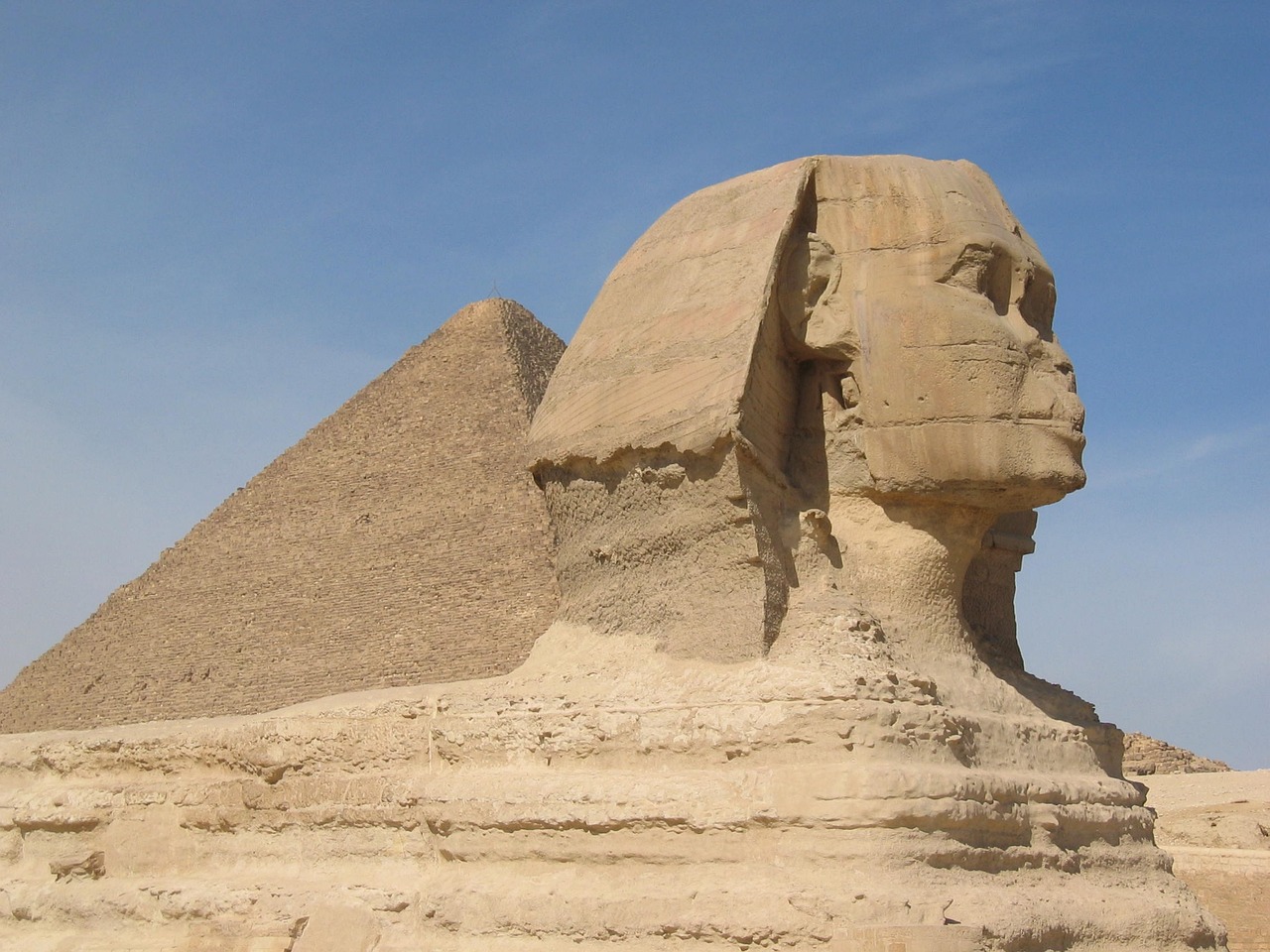
Sacred Geometry in Egyptian Architecture
Ancient Egyptian architecture is not just about impressive structures; it is a reflection of their deep-rooted beliefs and cultural values. One of the key aspects that played a significant role in shaping Egyptian architecture was the concept of sacred geometry. The ancient Egyptians believed that certain geometric shapes held symbolic meanings and divine proportions, which were incorporated into the design and layout of their buildings.
Geometry was not just a tool for construction but a sacred language that communicated religious ideas and cosmological beliefs. The use of geometric principles such as the golden ratio, perfect symmetry, and precise measurements in the architecture of temples and pyramids symbolized harmony, balance, and order in the universe according to their worldview.
For example, the alignment of the Great Pyramid of Giza with the cardinal points of the compass is believed to be a representation of the Pharaoh's connection to the sun god Ra and the eternal cycle of life and death. The intricate patterns and geometric motifs found in temple decorations were not merely ornamental but carried deep spiritual meanings related to the gods and the afterlife.
The layout of temples, with their precise orientation towards the sun or specific celestial events, served as a link between the earthly realm and the divine realm, emphasizing the importance of cosmic harmony in Egyptian religious practices. The intricate geometrical designs on temple walls and columns were not just decorative elements but encoded messages that conveyed the sacred knowledge and wisdom of the ancient priests and architects.
Moreover, the use of geometric shapes such as the circle, square, and triangle in the architectural elements of temples and tombs reflected the Egyptians' belief in the eternal and cyclical nature of existence. The symmetry and proportionality of these structures were seen as manifestations of divine order and perfection, mirroring the cosmic principles that governed the universe according to their cosmology.
In conclusion, sacred geometry was not just a design aesthetic for the ancient Egyptians but a profound philosophical and spiritual concept that permeated every aspect of their architectural masterpieces. By understanding the significance of geometric principles in Egyptian architecture, we can unravel the mysteries and symbolism hidden within these ancient structures, offering a glimpse into the rich cultural heritage and spiritual beliefs of one of the world's most fascinating civilizations.

Engineering Feats of the Pyramids
The stand as a testament to the incredible capabilities of the ancient Egyptians. These monumental structures, such as the Great Pyramid of Giza, continue to astound and intrigue people from around the world with their precision and grandeur. The construction of the pyramids involved a sophisticated level of engineering that remains a marvel even by today's standards.
One of the most remarkable aspects of the pyramids is the precision with which they were built. The alignment of the pyramids with the cardinal points of the compass is a feat of engineering precision that is still not fully understood. The ancient Egyptians somehow managed to align these massive structures with such accuracy that it is believed they used advanced astronomical knowledge in their construction.
The construction techniques used in building the pyramids are a subject of ongoing debate among scholars and archaeologists. Some theories suggest the use of ramps, while others propose the use of advanced lifting mechanisms such as cranes. The sheer size and weight of the stones used in the construction present a logistical challenge that defies easy explanation.
Moreover, the internal structure of the pyramids reveals a complex network of passageways, chambers, and corridors that serve both structural and symbolic purposes. The intricate design of the internal chambers, such as the King's Chamber and the Queen's Chamber, showcases the advanced architectural knowledge possessed by the ancient Egyptians.
The durability of the pyramids is another engineering marvel. Despite being thousands of years old, these structures have withstood the test of time, enduring natural disasters, wars, and the passage of centuries. The materials and construction techniques employed by the ancient builders have proven to be remarkably resilient, contributing to the longevity of the pyramids.
In conclusion, the engineering feats of the pyramids continue to captivate the imagination of people worldwide, inspiring awe and wonder at the ingenuity of the ancient Egyptians. These architectural masterpieces serve as a reminder of the remarkable achievements of a civilization that thrived thousands of years ago.
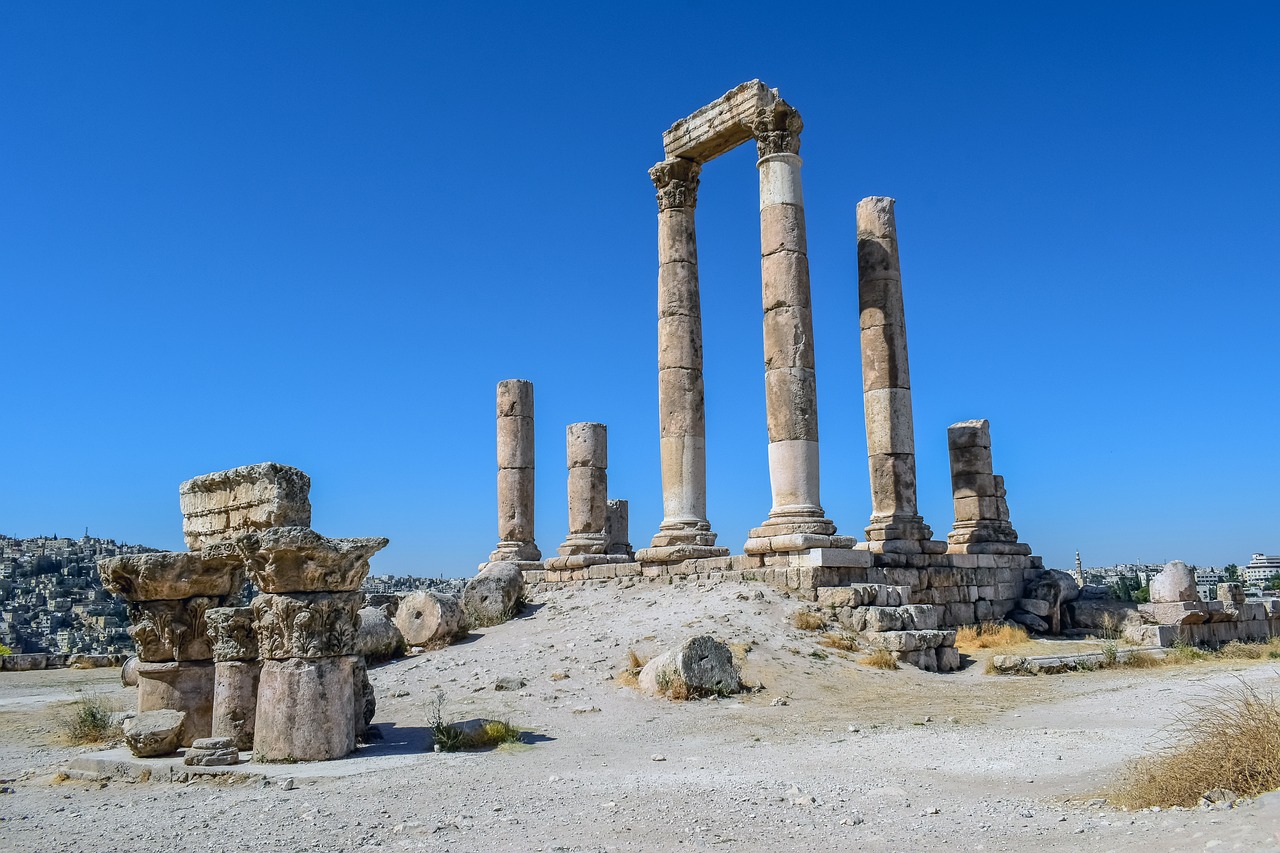
Symbolism and Iconography in Temple Design
Symbolism and iconography play a pivotal role in the design of ancient Egyptian temples, serving as visual language to convey profound spiritual and cultural messages. The intricate hieroglyphs, elaborate reliefs, and symbolic motifs adorning the temple walls were not merely decorative elements but held deep meanings and significance. Each symbol, from the sacred scarab beetle to the powerful ankh symbol, carried layers of symbolism related to Egyptian mythology, cosmology, and religious beliefs.
The layout and orientation of the temples were also imbued with symbolic importance, aligning with celestial bodies or representing the journey of the sun god Ra. The use of columns, obelisks, and pylons in temple design served not only structural purposes but also carried symbolic meanings related to the gods and pharaohs worshipped in the temples. The intricate carvings and paintings inside the temples depicted scenes from religious texts, offering insights into the Egyptian worldview and their beliefs about the afterlife.
Moreover, the choice of materials and colors in temple construction was not arbitrary but held symbolic significance. The use of limestone, granite, and precious metals reflected the Egyptians' reverence for certain materials and their association with specific deities or concepts. The vibrant hues of blue, red, and gold used in temple decorations symbolized various aspects of Egyptian mythology, such as the sky, the sun, and the eternal life.
Furthermore, the placement of statues, obelisks, and other architectural elements within the temple complex was carefully planned to enhance the symbolic narrative of the sacred space. The alignment of temples with natural features or astronomical phenomena underscored the Egyptians' profound connection to the cosmos and their belief in the divine order governing the universe. In essence, every aspect of temple design in ancient Egypt was infused with layers of symbolism and iconography, creating a rich tapestry of meaning for worshippers and visitors alike.

Tombs and Mortuary Temples
Tombs and mortuary temples held a sacred place in ancient Egyptian culture, serving as essential components in the elaborate rituals and beliefs surrounding death and the afterlife. The construction and design of these structures were meticulously planned to ensure the eternal preservation of the deceased and their journey to the next world. Tombs, such as the famous Valley of the Kings, were intricately decorated with hieroglyphics, paintings, and treasures to accompany the departed pharaohs in the afterlife.
Mortuary temples, on the other hand, were dedicated to the worship of the deceased pharaohs and served as places of offering and commemoration. These temples featured grand courtyards, halls, and chapels adorned with intricate carvings and statues, reflecting the divine status of the rulers and their connection to the gods. The layout and architecture of tombs and mortuary temples were designed with precision to align with religious beliefs and ensure the eternal well-being of the deceased.
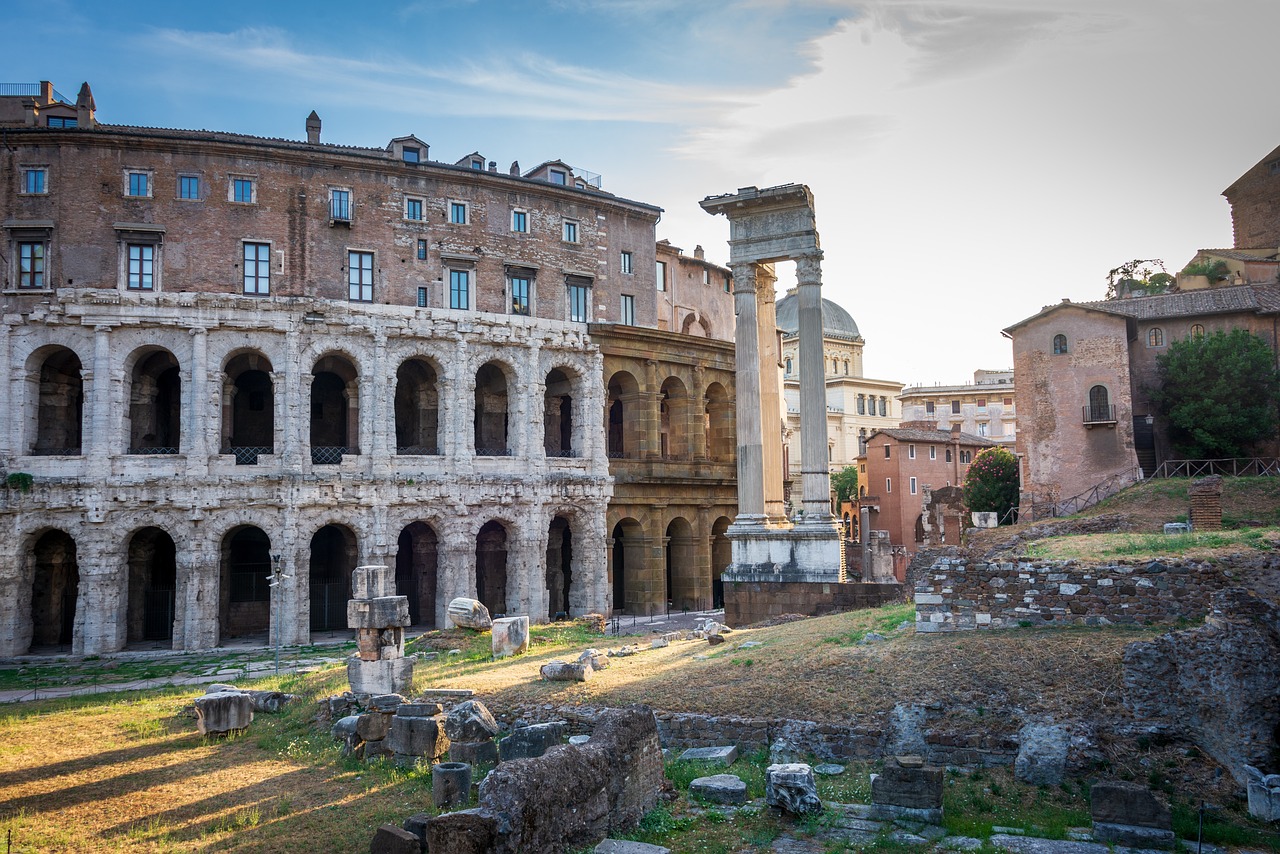
The Legacy of Ancient Egyptian Architecture
Ancient Egyptian architecture stands as a testament to the timeless legacy of a civilization that thrived along the banks of the Nile River. The architectural styles and techniques developed by the ancient Egyptians have left an indelible mark on the world, influencing the design of structures across various cultures and eras. From the majestic pyramids to the intricate temples, the architectural masterpieces of ancient Egypt continue to captivate and inspire awe in all who behold them.
One of the most remarkable aspects of ancient Egyptian architecture is the enduring influence it has had on later civilizations and modern architectural practices. The precision in construction, the use of sacred geometry, and the intricate symbolism woven into every design element have all contributed to the lasting legacy of Egyptian architectural styles. The grandeur and magnificence of structures like the Great Pyramid of Giza serve as a testament to the advanced engineering skills and artistic vision of the ancient builders.
Moreover, the architectural achievements of the ancient Egyptians have not only shaped the physical landscape of Egypt but have also had a profound impact on the spiritual and cultural heritage of the region. The temples dedicated to various deities, the tombs constructed for pharaohs, and the mortuary temples designed to honor the deceased all reflect the deep religious beliefs and funerary practices of the ancient Egyptians.
As we marvel at the architectural wonders left behind by the ancient Egyptians, we are reminded of the ingenuity and creativity of a civilization that thrived thousands of years ago. The legacy of ancient Egyptian architecture continues to be a source of fascination and inspiration for architects, historians, and enthusiasts alike, offering a glimpse into the rich cultural tapestry of one of the world's most iconic civilizations.
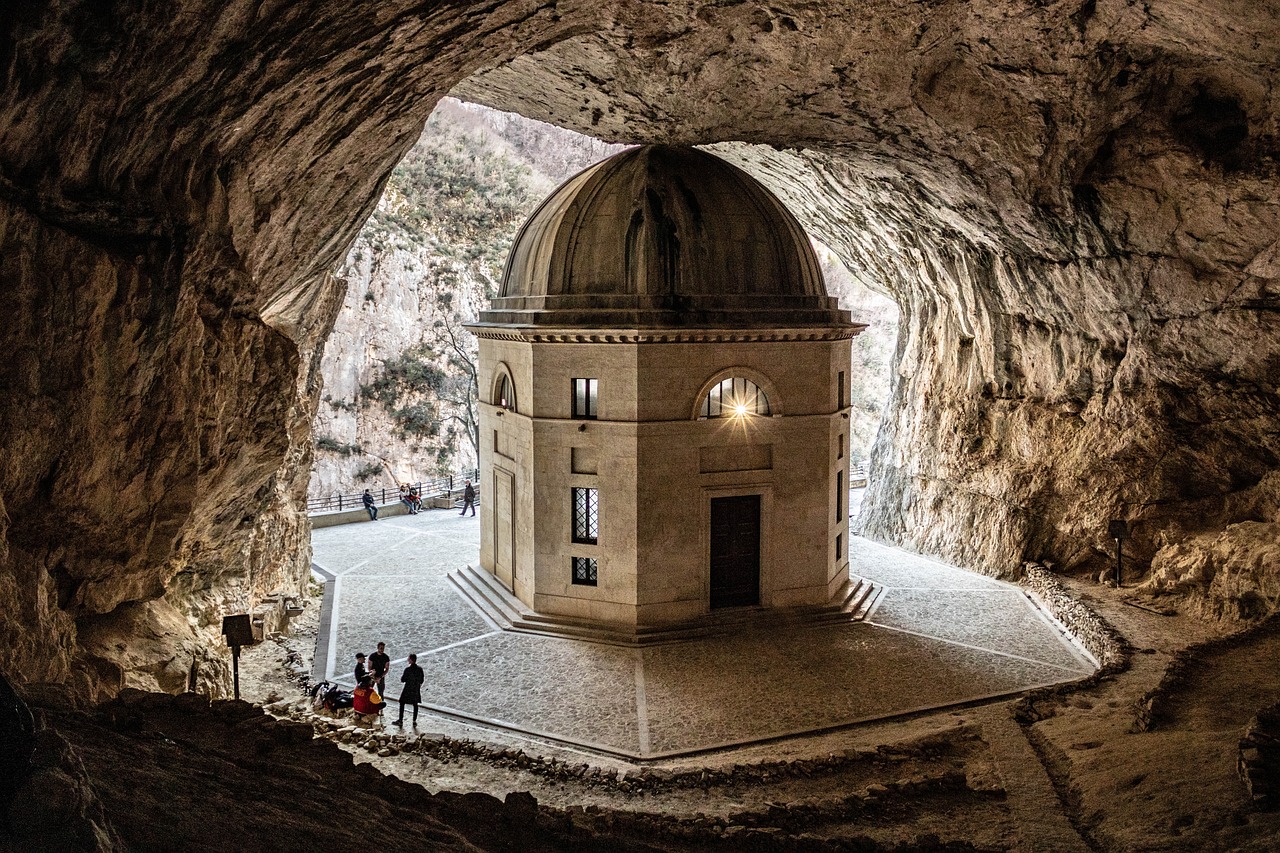
Conservation Challenges and Preservation Efforts
Conservation challenges and preservation efforts surrounding ancient Egyptian monuments present a complex and pressing issue in the realm of cultural heritage. The delicate balance between safeguarding these architectural marvels and allowing public access for educational and tourism purposes is a constant struggle faced by authorities and conservationists alike. The very structures that have withstood the test of time for millennia are now vulnerable to environmental factors, urban encroachment, and the wear and tear of mass tourism.
One of the primary conservation challenges is the impact of climate change on the ancient structures. Rising temperatures, increased humidity levels, and unpredictable weather patterns threaten the integrity of the monuments, leading to erosion, structural instability, and the growth of damaging microorganisms. The delicate balance between preserving the original materials and implementing modern conservation techniques is a fine line that experts must navigate with precision.
Preservation efforts often involve a multidisciplinary approach, combining scientific research, engineering expertise, and cultural sensitivity. Conservation teams work tirelessly to develop innovative methods for cleaning, stabilizing, and protecting the ancient surfaces without compromising their historical authenticity. Advanced technologies such as 3D scanning, laser mapping, and drone surveillance have revolutionized the way conservationists monitor and assess the condition of the monuments.
Furthermore, community engagement and public awareness play a crucial role in the preservation of ancient Egyptian sites. Educating visitors about the significance of heritage conservation and promoting sustainable tourism practices are essential steps towards ensuring the long-term survival of these architectural treasures. By fostering a sense of ownership and responsibility among locals and tourists alike, conservation efforts can be strengthened and sustained for future generations.
In recent years, international collaborations and funding initiatives have been instrumental in supporting large-scale conservation projects across Egypt. Partnerships between government agencies, non-profit organizations, and academic institutions have enabled the implementation of comprehensive preservation strategies aimed at safeguarding the country's rich architectural heritage. Through joint efforts and shared expertise, the global community can work together to protect and celebrate the legacy of ancient Egyptian architecture for years to come.
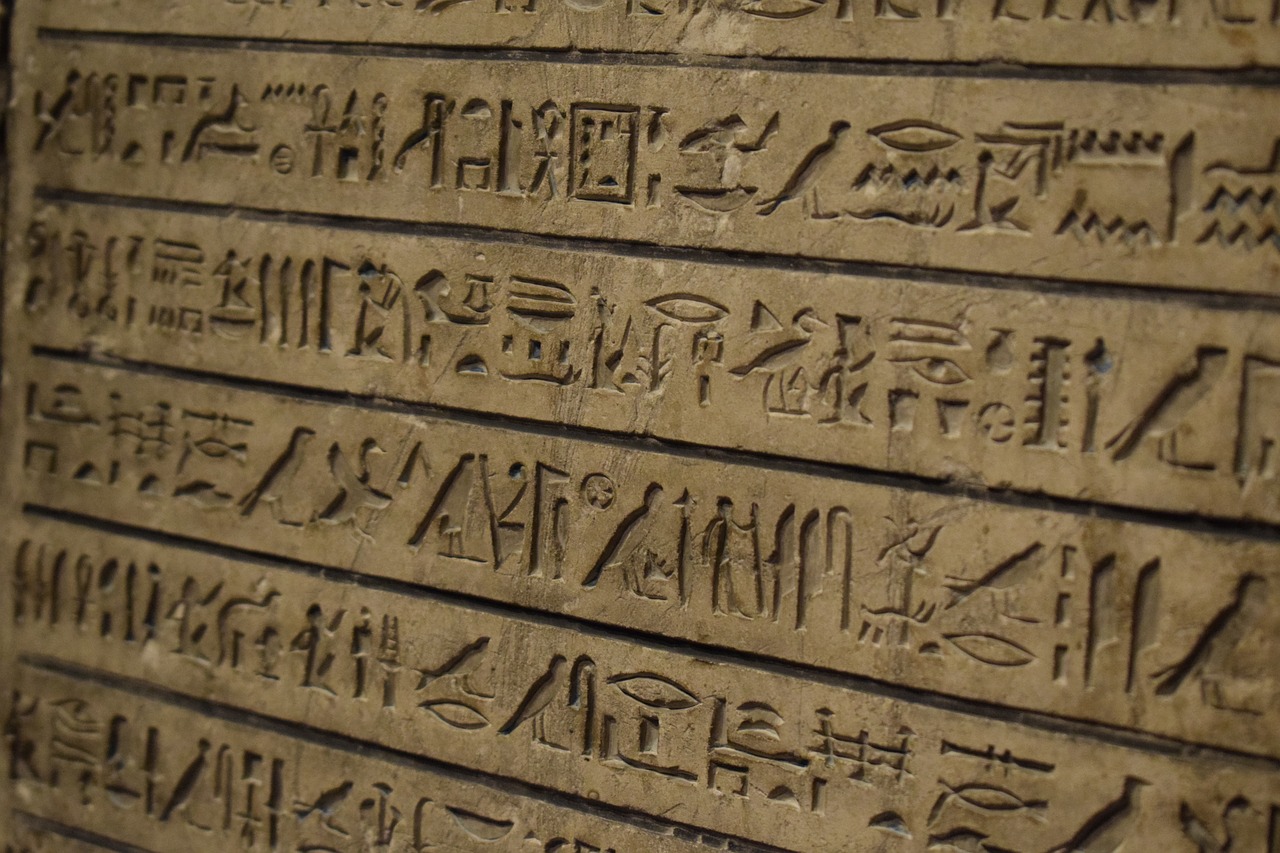
Archaeological Discoveries and Recent Findings
Archaeological discoveries and recent findings in ancient Egyptian architecture continue to captivate researchers and enthusiasts alike, shedding new light on the ingenuity and craftsmanship of the ancient builders. Recent excavations in the vicinity of the Giza pyramids have unearthed a wealth of artifacts, offering insights into the daily lives and rituals of the pyramid builders. These discoveries include tools, pottery, and even personal belongings, providing a glimpse into the labor and organization required for such monumental construction projects.
Moreover, ongoing research into the construction techniques of the pyramids has revealed intricate details about the planning and execution of these architectural wonders. Advanced surveying methods and mathematical calculations were employed to ensure the precise alignment of the pyramid structures with celestial bodies, showcasing the Egyptians' sophisticated understanding of astronomy and geometry. The discovery of papyrus scrolls and inscriptions has also provided valuable clues about the religious and cultural significance embedded in the architectural design.
One of the most significant recent findings is the identification of new burial chambers and hidden passageways within existing structures, such as the Valley of the Kings in Luxor. These discoveries have sparked renewed interest in the funerary practices of the ancient Egyptians and have led to further exploration of the intricate maze of tombs and temples scattered across the Egyptian landscape.
Furthermore, advancements in technology, such as 3D scanning and virtual reconstruction, have enabled researchers to digitally recreate ancient architectural marvels with unprecedented accuracy. By combining traditional archaeological methods with cutting-edge digital tools, experts can now unravel the mysteries of the past and present their findings in engaging and interactive ways to the public.
Overall, the field of Egyptology continues to evolve with each new discovery, pushing the boundaries of our knowledge and understanding of ancient Egyptian architecture. As researchers delve deeper into the sands of time, the secrets of the past are slowly being unveiled, offering a tantalizing glimpse into the rich and enigmatic world of the pharaohs.
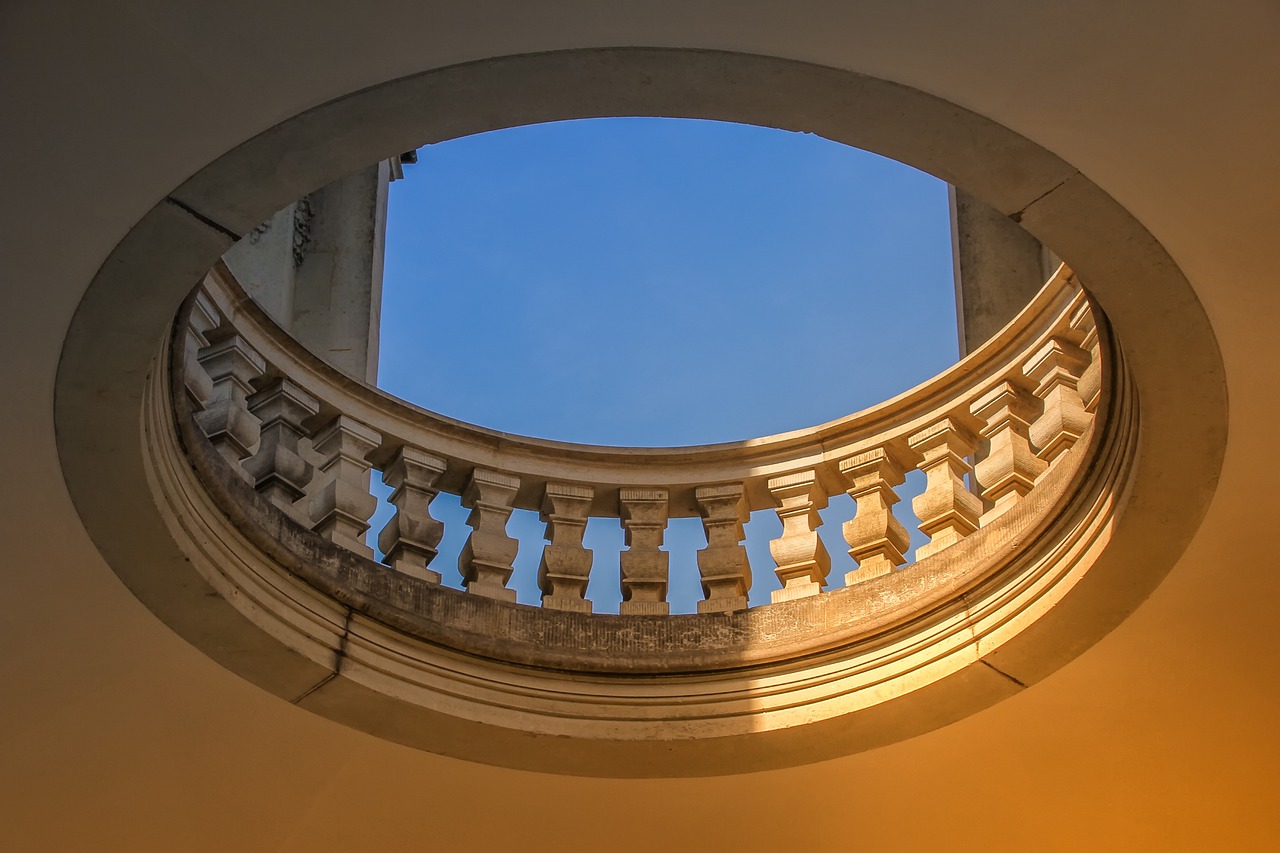
Visitor Experiences and Tourism Impact
When visitors step foot on the hallowed grounds of ancient Egyptian architectural sites, they are not just witnessing mere structures but immersing themselves in a journey through time. The impact of these awe-inspiring monuments goes beyond mere admiration; it is an encounter with the mystical allure of a civilization shrouded in enigma and grandeur. The experience is akin to unraveling a cryptic puzzle, where each stone, each carving, whispers secrets of a bygone era.
As the sun casts its golden rays upon the weathered stones of the pyramids or the intricate hieroglyphics adorning temple walls, visitors are transported to a realm where history comes alive. The grandeur of the ancient Egyptians' architectural prowess unfolds before their eyes, leaving them spellbound by the sheer magnitude of human ingenuity and dedication encapsulated in these structures.
Walking in the shadows of the colossal statues of pharaohs or tracing the intricate patterns of geometric designs etched into the walls, visitors are not just spectators but participants in a narrative woven by the architects of antiquity. Each step echoes with the whispers of a civilization that revered the divine and sought immortality through monumental edifices that stand the test of time.
The impact of tourism on these architectural marvels is profound, as each visitor becomes a custodian of the legacy left behind by the ancient Egyptians. The influx of tourists not only sustains these sites but also fosters a deeper appreciation for the cultural heritage and artistic achievements of this ancient civilization. Through guided tours and interactive exhibits, visitors are not just observers but active participants in unraveling the mysteries of the past.
Furthermore, the economic significance of tourism cannot be understated, as it fuels local economies, supports conservation efforts, and promotes cultural exchange on a global scale. The symbiotic relationship between visitors and these architectural wonders ensures their preservation for future generations to marvel at and learn from.
Ultimately, the impact of visitor experiences at ancient Egyptian architectural sites transcends mere tourism; it is a transformative journey that connects individuals across time and space, bridging the gap between the past and the present. As visitors gaze upon the monumental achievements of the ancient Egyptians, they are not just spectators but participants in a timeless saga of human creativity and resilience.
Frequently Asked Questions
- What were the main construction techniques used by the ancient Egyptians?
The ancient Egyptians employed various innovative techniques in construction, such as using ramps, levers, and pulleys to move massive stone blocks for building pyramids and temples.
- How did sacred geometry influence Egyptian architecture?
Sacred geometry played a significant role in the design of Egyptian structures, with geometric principles reflecting religious beliefs and cultural symbolism, creating harmonious and spiritually meaningful spaces.
- What are some engineering feats associated with the pyramids?
The construction of the pyramids showcases remarkable engineering achievements, including precise alignment with celestial bodies, advanced mathematics, and the use of sophisticated tools and techniques by ancient builders.
- What is the significance of symbolism in Egyptian temple design?
Symbolism in temple design conveyed spiritual and cultural messages, with hieroglyphs, statues, and architectural elements representing gods, pharaohs, and religious beliefs, creating a sacred and immersive architectural experience.
- How did ancient Egyptians view tombs and mortuary temples?
Tombs and mortuary temples held great importance in ancient Egyptian beliefs, serving as eternal homes for the deceased and facilitating their journey to the afterlife, with elaborate rituals and decorations reflecting these beliefs.



















